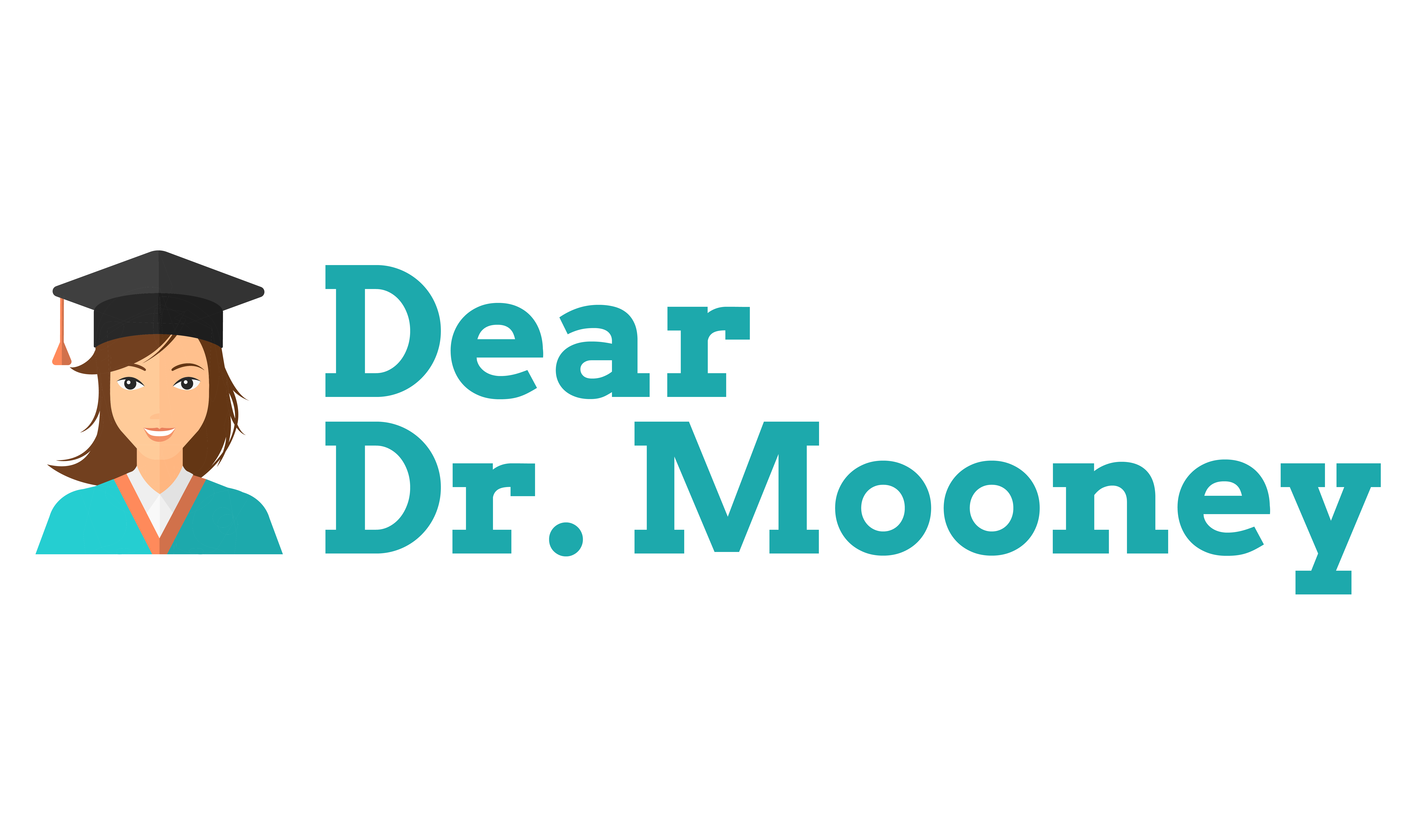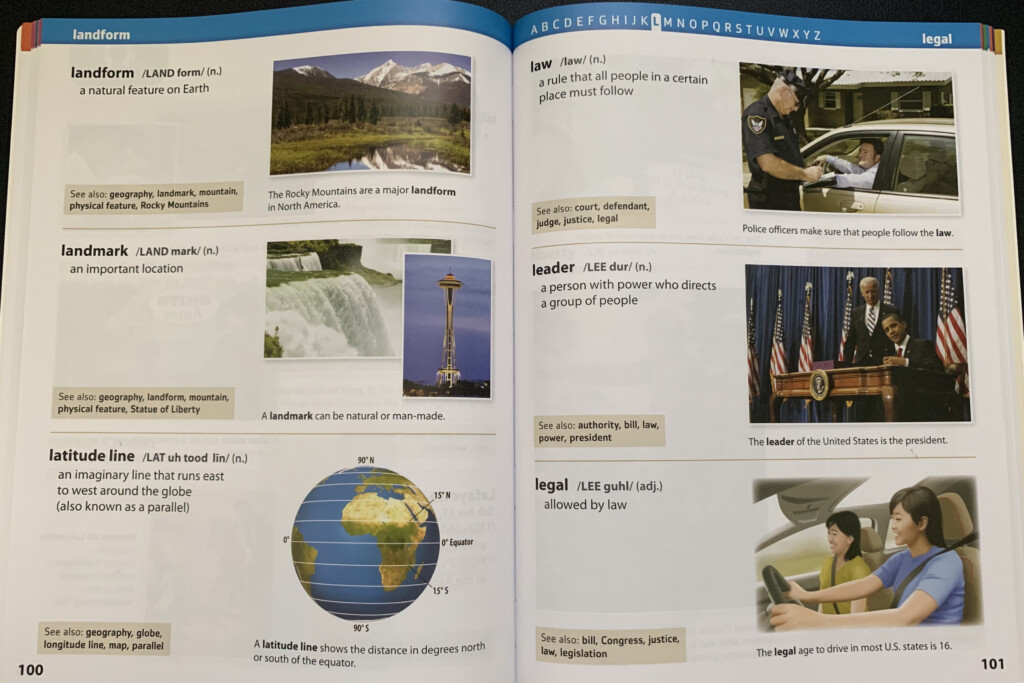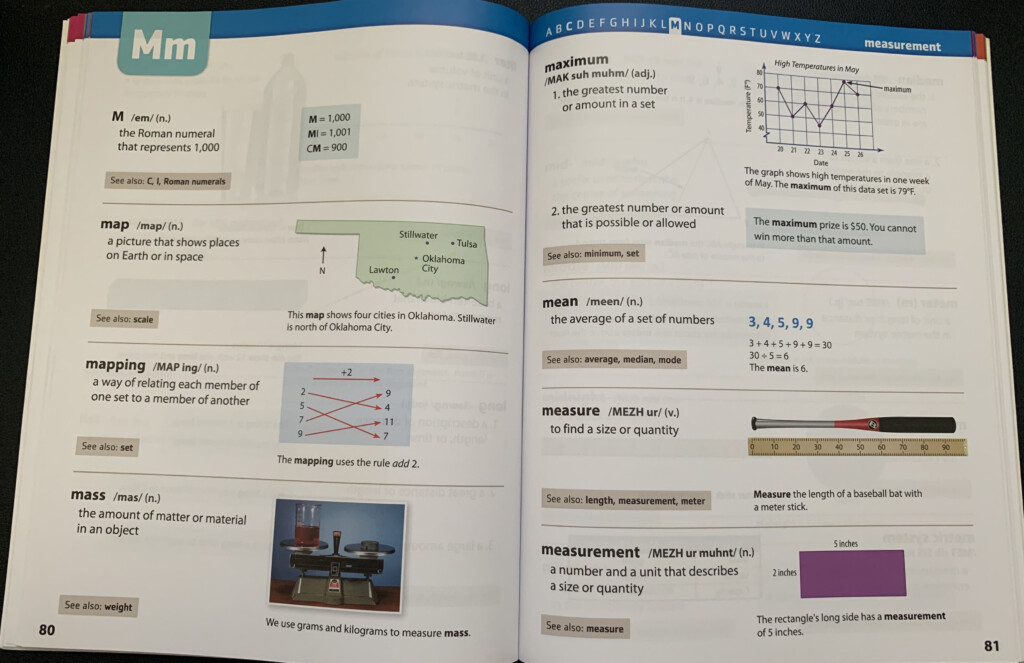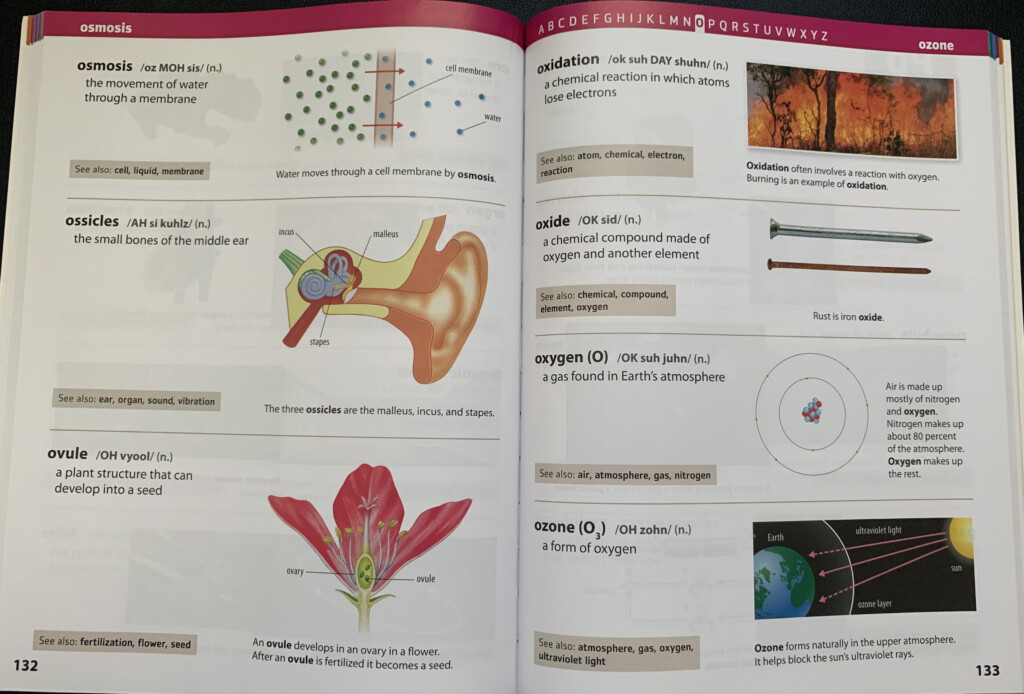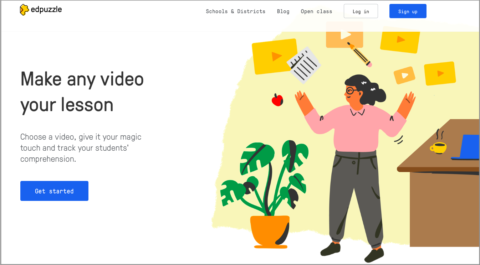At some point during the summer, most teachers begin to think about the next school year. They consider a different organizational setup for their classroom or their daily schedule. They look for new, more meaningful activities and lessons to plan for their students.
And they look for resources.
A great place to find helpful ideas is in the Resources section of Dear Dr. Mooney.
This week, I want to highlight a few resources that are perfect for teaching academic language. The Oxford Illustrated series of dictionaries for content areas (Math, Science, Social Studies) are texts that every teacher of English learners should have in their classroom.
Of course, all of the included terms can also be found in a standard print or online dictionary; however, there are three key features of these dictionaries that make them more useful to ELs.
Illustrations
Visuals make a big difference in helping all ELs better understand content. You may have a knack for drawing and can quickly sketch something on the whiteboard to help your students understand. However, if you’re like most teachers, stick figures and approximate shapes are the extent of your artistic ability!
These dictionaries provide full color photos and graphics to better describe each term. Students could look at the pictures individually, but you could also post them for the whole class to see using your document camera.
Simple, Clear Definitions
The pronunciation, part of speech, and definition are provided for each word. The definitions are the most common ones that students would need.
Since these dictionaries are divided by content area, they don’t need to include multiple meanings for words like combine, cell, or power. I love this feature about them.
For example, “power” is defined in context that makes sense for the content area:
- Social Studies dictionary – “the authority of a person to do something”
- Math dictionary – “the number of times a number is multiplied by itself”
Size and Design
Formatted as small paperback books, they measure approximately 7 x 9.5 inches. The size makes a difference because they are simply easier for students to handle, and they also aren’t as intimidating as the large, hardback books you can remember using in school.
While digital dictionaries don’t have the physical size hurdle, they can be overwhelming for students. There are so many words, and it’s hard to browse through an online dictionary.
Given the opportunity, students would flip through these texts, learning academic language the whole time, simply because the books are pleasing to hold and view.
One more thing… Although the texts are primarily geared to elementary students, they are not childish, so they would still be appropriate for middle school or high school ELs with lower levels of English proficiency.
These texts are well done, but they are not cheap. I know school (and teacher) budgets are tighter than ever. Why don’t you consider creating a Donor’s Choose project to get these resources for your classroom? I have several teacher friends who have had their projects fully funded in that way.
Obtaining several copies of all three of these dictionaries for your classroom would be a great way to prepare for fall!
